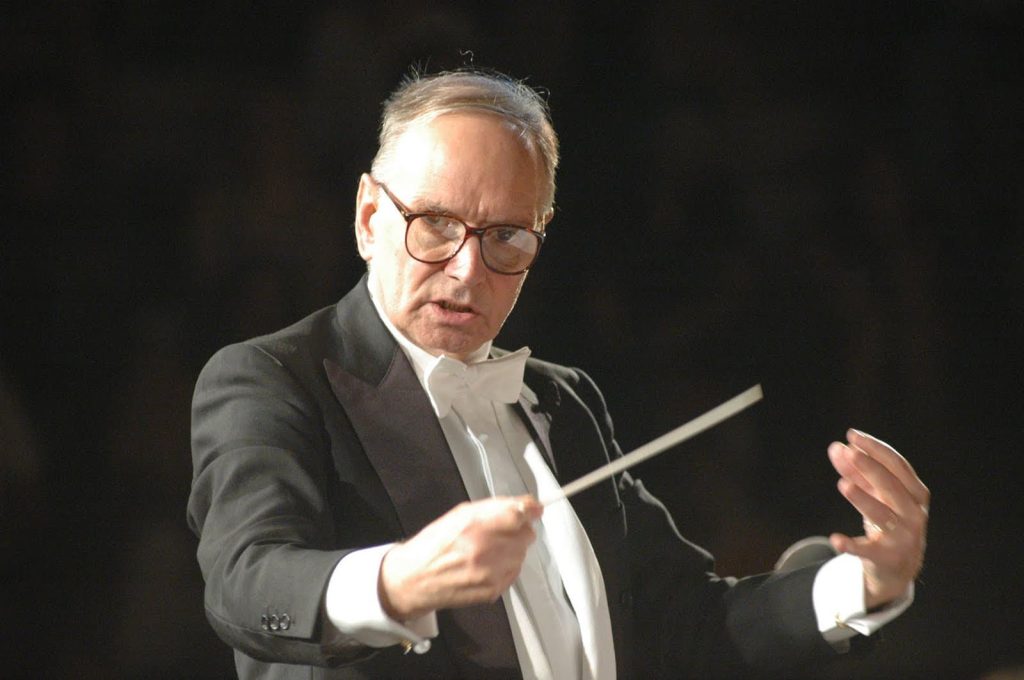
A Timeless Ode to Greed and the Allure of Gold
Ennio Morricone’s “The Ecstasy of Gold” isn’t just a piece of music; it’s a visceral experience, a sonic embodiment of human desire. Released in 1966 as part of the soundtrack for Sergio Leone’s iconic spaghetti western, The Good, the Bad and the Ugly, this track has transcended its film origins to become a cultural touchstone. While precise charting information for instrumental pieces from film soundtracks in the 1960s is difficult to pinpoint with absolute certainty, the soundtrack album itself achieved significant commercial success, reaching #4 on the Billboard Pop Albums chart in 1968, indicating the widespread popularity and impact of the music, including “The Ecstasy of Gold“.
The scene it accompanies in the film is etched in cinematic history: Tuco, played with manic energy by Eli Wallach, frantically searches a vast graveyard for a hidden cache of gold. As he runs, stumbles, and digs, the music swells, building in intensity until it reaches a fever pitch. This isn’t mere background music; it’s the very heartbeat of the scene, amplifying Tuco’s desperation and the almost primal pull of the gold. The music, with its haunting soprano vocals by Edda Dell’Orso, soaring strings, and driving percussion, perfectly captures the feeling of overwhelming obsession. It’s a symphony of greed, a portrait of a man consumed by the promise of riches.
The brilliance of “The Ecstasy of Gold” lies in its ability to evoke a range of complex emotions. It’s not simply about the joy of finding treasure; it’s about the yearning, the anticipation, the almost religious fervor that the pursuit of wealth can inspire. The music speaks to something deep within the human psyche, a longing for something more, something tangible that can offer security, freedom, or perhaps just a fleeting sense of satisfaction. For older listeners, particularly those who experienced the film during its initial release or in subsequent years, this piece may resonate with memories of a different era in cinema. It recalls a time when westerns held a prominent place in popular culture, and when Ennio Morricone’s innovative scores were revolutionizing film music.
Morricone’s genius is on full display here. He masterfully blends orchestral elements with more unconventional sounds, creating a unique sonic landscape that is both epic and intimate. The use of Dell’Orso’s wordless vocals adds an almost ethereal quality to the music, elevating it beyond the realm of mere soundtrack and into the realm of art. It’s a sound that stays with you long after the film has ended. There’s a certain melancholic beauty woven into the triumphant crescendo of the piece. It reminds us, perhaps, that the pursuit of material wealth can often be a hollow victory, a fleeting moment of euphoria that ultimately leaves us wanting more.
The impact of “The Ecstasy of Gold” extends far beyond the confines of The Good, the Bad and the Ugly. It has been used in countless films, television shows, and commercials, and has been performed by numerous artists across a variety of genres. It has become a staple of sporting events, often used to create a sense of anticipation and excitement. This enduring popularity is a testament to the power and timelessness of Morricone’s composition. It’s a piece of music that continues to resonate with audiences of all ages, reminding us of the enduring allure of gold and the complex emotions it evokes. It’s a journey through sound, a reflection on human nature, and a true masterpiece of cinematic music. The Good, the Bad and the Ugly soundtrack itself stands as a testament to Morricone’s mastery, a collection of pieces that have become synonymous with the spaghetti western genre.